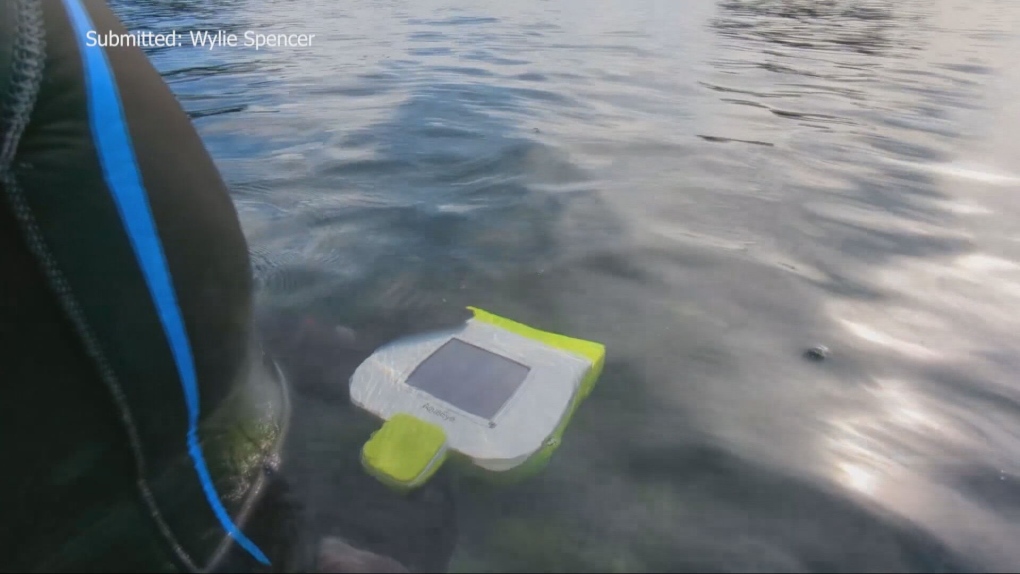William Bolton is used to the long, hard hours that come with search and rescue work in Waterloo Region.
Mr Bolton has several years' experience as a senior trainer in advanced tactical search and rescue and has undertaken many challenging missions including the search for and recovery of human remains.
“We're happy to attend anything and help the family find closure,” Bolton told CTV News.
Hours-long searches are commonplace for rescue teams, but the new equipment has significantly cut those lengthy searches.
“This is the type of equipment we are looking at to help advance the search for the family,” he said.
AquaEye, a tool made in Vancouver, is creating a lot of buzz for its use in water rescue efforts.
“We wanted to create a tool that would allow a 16-year-old boy under extreme stress to jump into the water and find someone and rescue them within 60 seconds,” says AquaEye developer Karlin Roncaric.
Roncaric said this is the first handheld sonar device to use artificial intelligence to pinpoint the location of people underwater.
“When you pull the trigger, it creates a sound beam and sends out a sound signal, which then hits an object in the water and sends back an echo,” she said. “We've taken the time to train our machine learning algorithms so that they can actually recognize when an echo looks like it's hitting a person and when it's not. This tool is used in a lot of recovery operations, but our goal is rescue.”
Roncaric came up with the idea while working as a lifeguard in college (he was an engineer studying microelectronics), and the two passions quickly came together when he noticed a gap in technology available to rescuers.
“When you can't see anything through the water, it really makes you feel hopeless. I just started making a prototype, spent three months finding my first customer, spent another three months finding my first customer, and things really started to move from there.”
It's a device that's been hailed as a game-changer.
“The most stressful thing I've experienced during this search has been the constant delays. What I'm looking forward to is being able to finish this sooner and move on so the family can get some closure sooner,” Bolton explained.
They also say it's very user-friendly.
“It basically just reads the screen, scans it, reads the screen, and if there's a possible object in the scanned area, an X will appear on the screen. You just focus on where that X is and it gives you the direction, and it has a scale that tells you how far away the X is.”
To date, 1,000 AquaEye units have been sold in 46 countries, including 55 in Canada and 15 in Ontario.
Roncaric says this is just the beginning towards improving search and rescue operations.
“It goes back to when I first started making these devices in the baths and then it's really moving to hear people say they wish they had this sooner. Some people even thank me for making this. This is really about drowning prevention and it gives them hope. So it's really great to see the community coming together,” she said.



